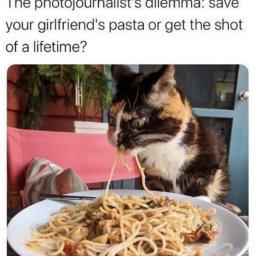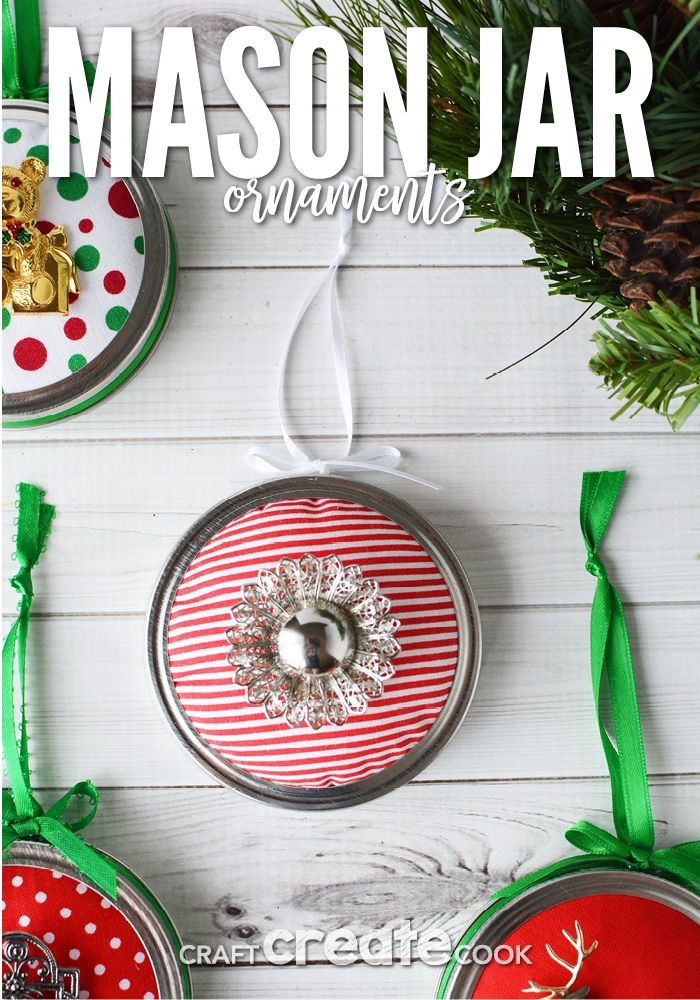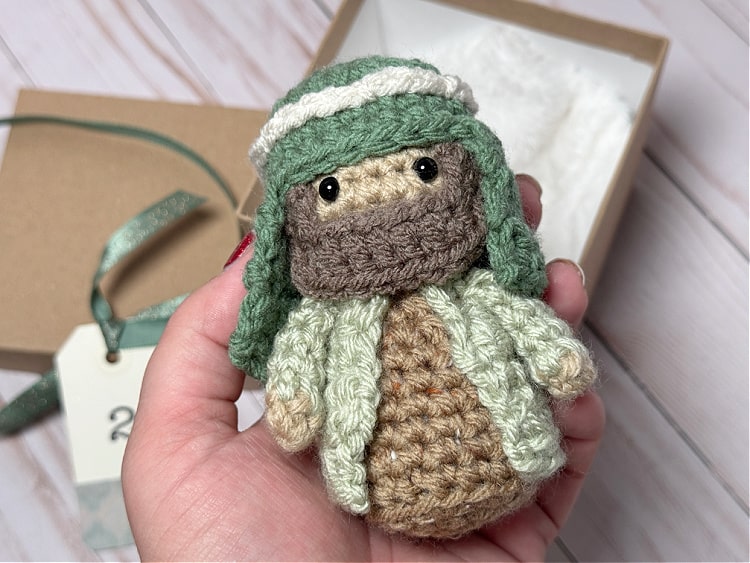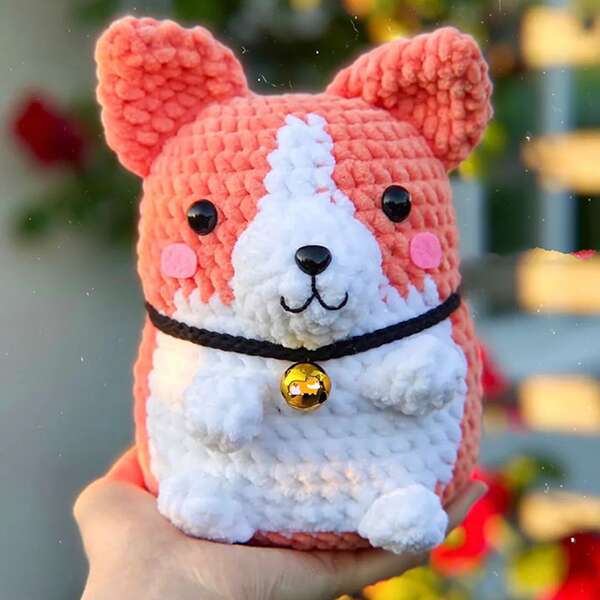You'll need:
thick cardboard (or fibreboard);
scheme;
different colours of threads;
glue;
scissors;
picktooth.
Instructions
We start by transferring the scheme to cardboard or fiberboard. Pay particular attention to the selection of colors for the threads. In the process of creating a similar picture using the nitrography method, any materials can be used in the form of residues of yarn from knitting, colorful acrylic threads, as well as floss, which in this case will need to be folded several times beforehand. The main condition is their uniform thickness.
Advice for beginners: do not use material that has a non-smooth structure in the initial stages of nitography. Threads with shaggy or curly components, although they give an interesting effect on the result, but they are quite laborious to work with.
So, using glue, you need to smear the line on the sheet. This can be done with a toothpick or a thin stick. It is much more convenient to do this with these objects than with a brush. So it is much more convenient to smear glue in hard-to-reach places among glued threads. Next, on a non-hardened adhesive base, we begin to gently glue the thread, step by step, gently pressing it with your fingers. Thus, it is gradually necessary to lay out the material according to the template. The tip of the thread is cut off at the moment when you reach the moment of making a sharp impossible turn of the thread or when it was necessary to introduce the next shade.
Continue the lesson on the study of nitkography techniques. At the beginning of the process, the outline of a large template is glued, after which it is necessary to proceed to filling the entire space in the middle of the product. Small elements, on the contrary, are filled initially in the internal part and then the outlines are drawn up.
Try to glue the threads close to one another, without the formation of unnecessary gaps. Only in this way will you be able to get a neat and high-quality product at the exit.
In the process, it may happen that you need to replace one color of material with another. Thanks to a multilayer thick base in the form of cardboard or fiberboard, this will be quite easy to do.
Take a paper knife and cut the desired contour of the surface where you decide to change the shade of the threads. This piece comes off together with the paper layer. On the formed empty surface we glue the material of the shade you need. These actions can be carried out repeatedly, but carefully, given the remaining layers of cardboard.
When creating the edges of a picture using nitrography, do not cut each of the fibers individually. This operation will not help you save on material. Try to pull the threads beyond the borders of the product, and then trim everything with one line. The pile remaining at the edges can be easily hidden in a frame under a baguette.
At the end of the work, try steaming the finished product with an iron through a damp cloth. Such an action will help the threads to cling to one another, and the picture itself in the technique of nitkography will look smooth and beautiful. Here is such a wonderful bright cat, as in the photo, you will get as a result of a simple action scheme.


























